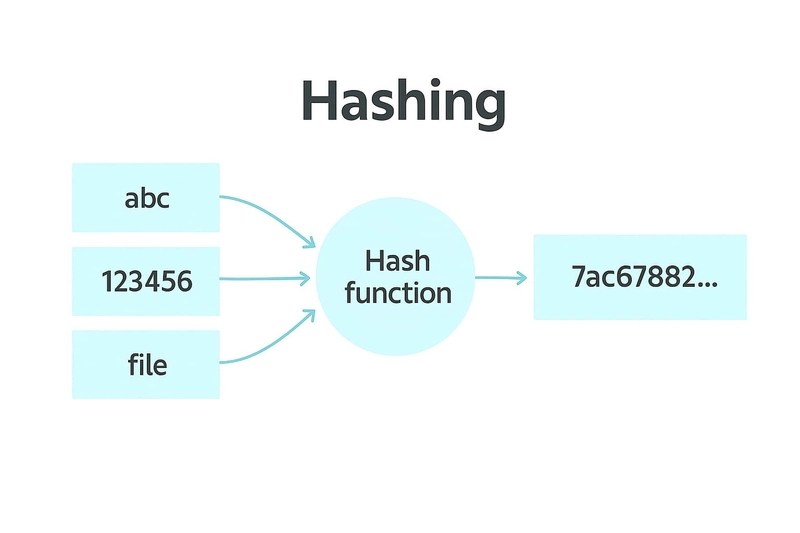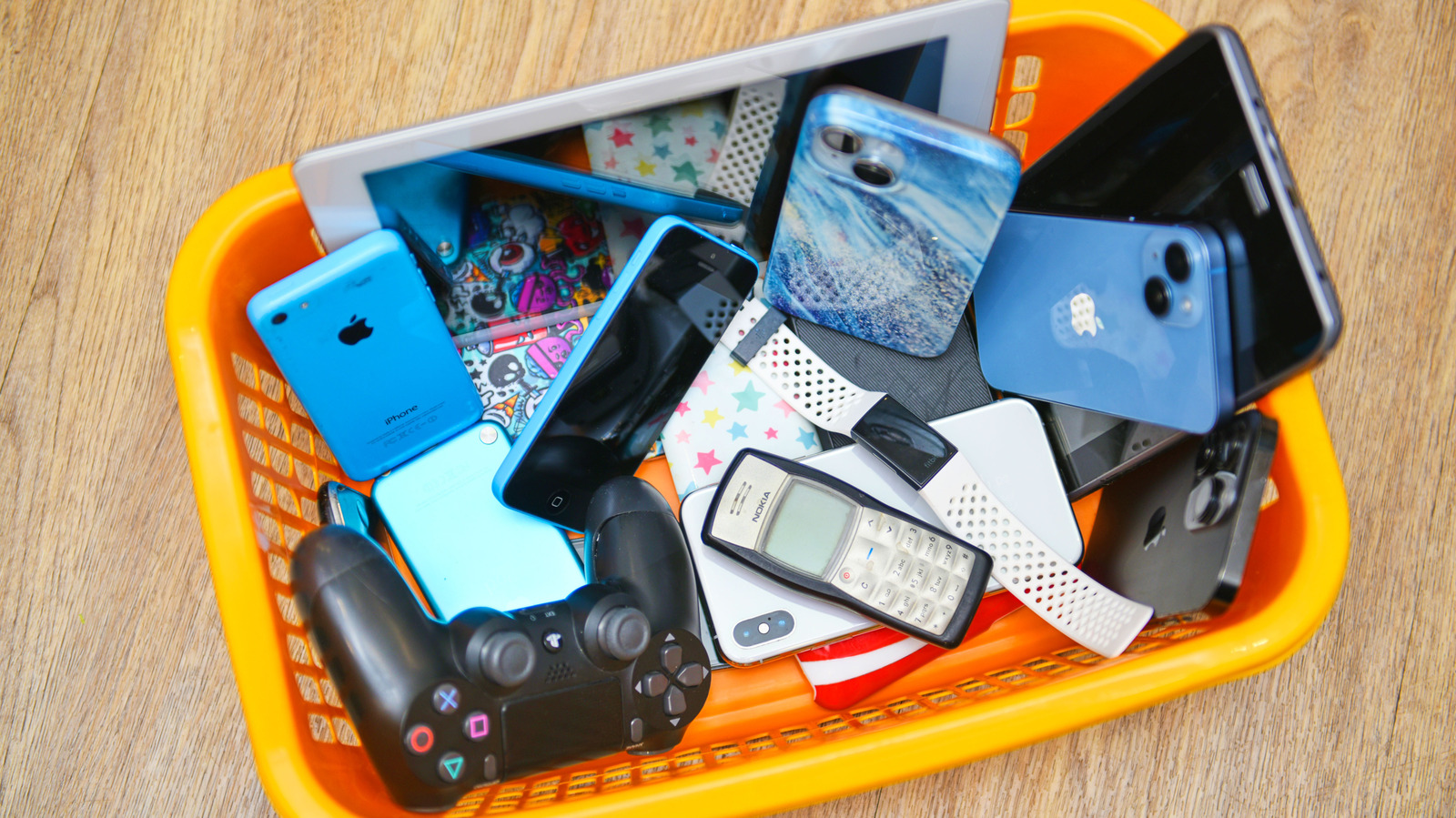Magnetic Innovations: Top 5 Coolest Magnetic Innovations You Need to See
Magnetic Innovations: Top 5 Coolest Magnetic Innovations You Need to SeeOver the past decade, magnets have evolved beyond their traditional use as fridge decorations or internal components in electrical appliances and gadgets. In recent years,...


Over the past decade, magnets have evolved beyond their traditional use as fridge decorations or internal components in electrical appliances and gadgets. In recent years, they have become a driving force in product design, enabling sleek, sustainable, and user-centric innovations across various industries. From furniture to electronics and automotive design, magnets are offering versatile design solutions across various products. Here are 5 innovative ways in which magnets are used in product design:
1. Magnetic Playtime
Magnets can be integrated into toy design and games, making them interactive and a lot more fun. Since magnets are easy to connect and pull apart, kids can build, take things apart, and rebuild without getting frustrated. This makes playtime smoother and more creative, especially for toddlers. Toys like magnetic building blocks or action figures with magnetic joints let kids use their imagination to come up with all kinds of fun designs.
It is not only about fun, as playing with magnets also helps kids develop problem-solving skills, hand-eye coordination, and fine motor skills. It’s a great way to combine learning and play in a hands-on, engaging way.


For kids who love hands-on play, building things is a timeless joy, and the fun lies in bringing their ideas to life. Now, that classic activity gets a modern twist with magnetic building panels. Unlike traditional magnetic tiles, these larger panels let kids build life-sized forts, tunnels, rockets, and structures they can play inside.


Made from durable, translucent plastic with safely embedded magnets, the panels are easy to snap together. Their modular shapes, which include squares, triangles, windows, and doors, encourage endless designs. Rounded edges and vibrant colours, often with lighting effects, add to safety and visual appeal.
These panels combine creativity, play, and learning. As kids build, they develop spatial awareness, motor skills, and problem-solving abilities. It’s a perfect blend of imaginative play and STEM-based learning, offering an engaging, screen-free experience that makes building bigger and brighter than ever.
2. Music Technology
Magnets play an essential and innovative role in music technology, especially in speakers, microphones, and earphones, where they convert electrical signals into sound and vice versa. In speakers, magnets interact with wire coils to produce vibrations that create sound. Instruments like the theremin use magnetic fields to generate tones, offering a unique and touchless way to make music.
Magnets also appear in motorized music machines, helping to build rhythmic patterns and support modular setups for creative sound experimentation. Additionally, magnets are crucial in data storage for audio, from cassette tapes to modern hard drives, making them vital across the music ecosystem.

Stacco is an experimental musical instrument that reimagines sound creation using magnetic motion. Rather than relying on traditional keys or strings, it features a drum-like surface where magnetic marbles and ferromagnetic objects like nails or rings are moved to generate tones. Beneath the surface are four magnetic attractors that detect changes in magnetic fields, which are then processed by Neural Audio Synthesis, which is an AI system that converts these movements into synthesised sounds. Users can roll, push, or drop objects across the surface to manipulate tones, offering an interactive and playful music-making experience.


What sets Stacco apart is its ability to translate physical movement into both sound and visual patterns. The paths drawn by objects across the instrument can be documented as geometric shapes, allowing musicians to reproduce or reinterpret compositions. Blending technology, AI, and tactile engagement, Stacco opens up new possibilities for composing and performing music beyond traditional instruments.
3. Magnetic Levitation
Magnetic levitation, or maglev, uses magnetic forces to suspend objects without physical contact, reducing friction and offering enhanced efficiency in product design and manufacturing. It reduces friction, provides smoother, quieter, and more efficient systems. Maglev is commonly used in displays, creating eye-catching floating objects like globes or artwork, enhancing visual appeal.
It ensures high precision and vibration isolation, making it ideal for delicate tasks. The contactless operation also maintains clean environments, reducing contamination risks in industries like electronics and OLED displays.

The Levitos Ring Lamp reimagines traditional desk lighting with a unique, minimalist design. Unlike typical lamps, it features a levitating orb that serves as the control, replacing buttons and switches. The lamp’s design is simple as it includes a ring with a base, providing a steady white light or a slowly cycling color mode. The standout feature is the levitating metal orb, which floats and spins on a specially designed base. To control the lamp, you push the orb down to switch between modes, offering an interactive experience that adds an element of mystery.


The lamp also comes with an alternative “moon” sphere, giving a different aesthetic while still functioning the same way. While the technology is fascinating, the lamp’s longevity may be affected if the magnetic force weakens over time, but it remains an engaging and fun product that blends art and function.
4. Magnet-Powered Motion
Magnets play a vital role in various mechanical applications beyond just instrument displays. In analog displays, they provide smooth, reliable movement of parts while maintaining a classic, easy-to-read aesthetic. In gearboxes, magnets are often used for position sensing, helping detect the speed and rotation of gears without physical contact, which reduces wear and increases durability.
They are also used in magnetic couplings, allowing torque transfer without direct connection, and are ideal for sealed or sensitive environments. Magnets help in enhancing precision, reducing maintenance, and improving performance in everything from dashboards to complex mechanical systems.

Magnetic gears offer a unique alternative to traditional mechanical gears by using magnetic force instead of interlocking teeth. Designed with precision, these systems feature wheels embedded with magnets that interact without physical contact. In one example, a set includes two rotating 3D-printed wheels – one with 32 magnets and another with 8 and a stationary wheel equipped with bolts that help transfer magnetic attraction. As one wheel turns, the other rotates in the opposite direction, demonstrating gear-like motion through magnetic interaction alone.


This setup mimics the function of conventional gears, where the wheel with fewer magnets spins faster, much like a smaller gear would in a standard gearbox. While magnetic gears are not intended for high-load applications, they offer several advantages, such as reduced friction, minimal wear, and silent operation. Ideal for educational demonstrations or low-resistance mechanisms, magnetic gears highlight the innovative use of magnetism in motion systems and showcase the potential of non-contact mechanical design.
5. Magnetic Furniture Solutions
Modern designs commonly use furniture magnets to enhance functionality and simplify tasks. Types include rectangular magnets for metal furniture, locking magnets for doors, adjustable magnets with molded plastic exteriors, and small snap-on magnets. These magnets serve various functions, such as keeping doors and cabinets closed or acting as locks for drawers with silent operation. They also prevent damage by reducing friction and door slamming.
Modular furniture designs can incorporate magnets to allow for easy reconfiguration and personalization of spaces. Furniture magnets offer easy installation, long-lasting performance, and improved usability, making them a practical choice for various furniture applications.


The Summit Sofa by Mousarris is a revolutionary piece of modular furniture that cleverly integrates magnets to create both functionality and art. Designed for small living spaces, it features curved cushions with embedded magnets, allowing them to connect and form various seating configurations. When not in use as a sofa, the magnetic cushions can be attached to a magnetic board, transforming the piece into minimalist wall artwork.

The use of magnets enables seamless reconfiguration without any visible fasteners, offering flexibility in design and making the most of limited space. The magnetic base keeps your floor area clear while the sofa is propped up, providing an open, clutter-free environment. When needed, the cushions detach easily from the magnetic base, transforming into a comfortable seating arrangement.
With continuous innovations in magnetic product design, the role of magnets in shaping intuitive, elegant, and environmentally conscious products is only set to grow as technology and creativity continue to advance, redefining the boundaries of modern design.
The post Magnetic Innovations: Top 5 Coolest Magnetic Innovations You Need to See first appeared on Yanko Design.









































































